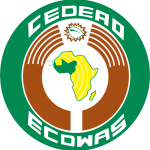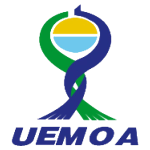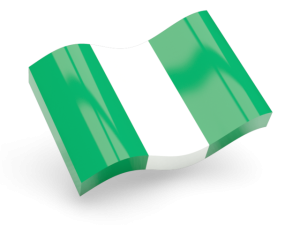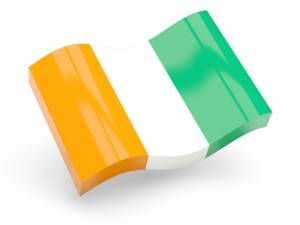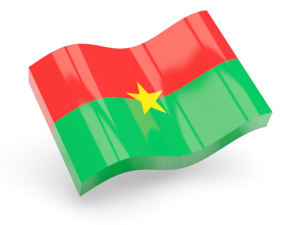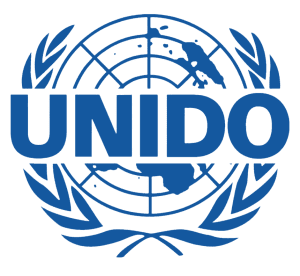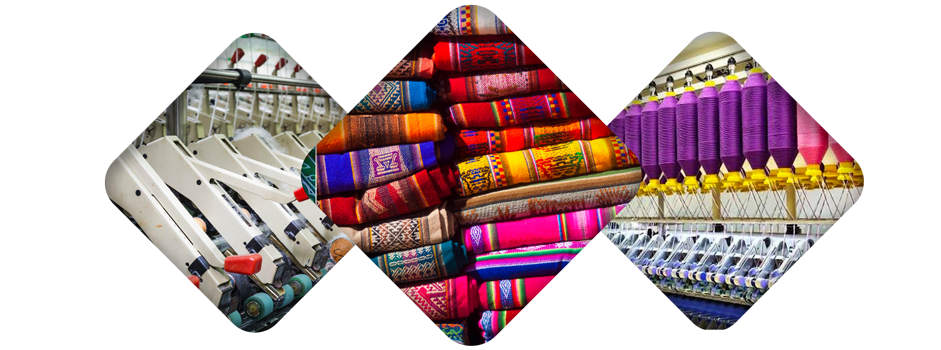
West African Textile and Garment Industry has experienced rapid growth in recent times. It has helped drive Africa’s industrial transformation and created millions of jobs. The textile and clothing industry presents a lot of potential for value-added benefits and job creation. It is estimated that up to 600% of value can be created along the cotton value chain: from cotton production, spinning and twisting into yarn, to weaving and knitting into fabric, followed by dying, printing and designing. Furthermore, this industry is composed of a majority of micro, small and medium enterprises (MSMEs), which can rapidly generate decent jobs – both skilled and unskilled – especially for youth and women.
Nigeria
Nigeria’s textile and apparel industry covers the entire clothing value chain and has a strong potential for growth due to availability of cotton and the country’s large market-size represented by over 170 million inhabitants.
There is a need to promote made in Nigeria goods in the face of the huge local market. Nigeria used to be a major exporter of garments to the West Africa region in the years gone by.
The first modern textile industry in Nigeria, the Kaduna Textile Mill, started production in 1956. The primary reason for setting up the mill was to process the cotton being produced at the time, in the northern part of the country. By the 70s and the 80s, the Nigerian textile industry had grown to become the third-largest in Africa.
However, with the Federal Government Intervention Fund of N100 billion for the cotton, textile and garment industry, the sector has started growing significantly.
Several segments of the sub-value chains have been gaining wide economic participation and offer significant job opportunities for women and youths.
This programme will further help to improve textile and garment value chains and add significant revenue to the GDP of Nigeria.
Côte d’Ivoire
Côte d’Ivoire is one of West Africa’s most important cotton exporters, Although the country was hit by instability because of the civil war, the current government has put in necessary measures to improve cotton production. The constituency of this measure has positively affected the textile industry.
There is potential for textile products to be galvanised by the restructuring of some of the industry’s major players. In September 2016 the Ivorian government launched an international tender for the privatisation of Compagnie Ivoirienne pour le Développement des Textiles (CIMT), one of the sector’s largest players. The goal is to allow for 80% of the firm to be sold to private investors that will invest in relaunching the company.
Cotton production has been a major economic component and driver of economic growth in several West African countries over the past few decades. For them, cotton has served as a vital source of export earnings. Being highly dependent on agriculture, those economies are subject to the uncertainties that surround crop and livestock enterprises, such as weather and diseases. Additionally, because cotton is an export-driven crop, global commodity prices can also have a significant influence on profitability.
Cotton is one of the crops that have been cultivated in Côte d’Ivoire for decades. In the last 8 years, the cultivation rate of cotton has doubled, pushing Cote d’Ivoire to one of the strongest players in cotton among other West African Countries. The growth of the cotton industry has been brought to reality because of a strong private sector participation, right government policies and an enabling environment for cotton producers.
The Ivorian government has continuously supported the industry by providing farm inputs, price support when needed and a strong farm extension support and capacity building programmes. This greatly has increased the quota that the industry adds to the GDP of the country.
Burkina Faso
Agriculture has been one of the key drivers of economic growth in Burkina Faso. A majority of the Burkinabe population is employed within the agricultural sector, and the sector continues to account for a significant share of economic output even as the economy has grown. Over the past 15 years, the agricultural sector added a considerable share of revenue to the national GDP.
Within the agricultural sector, cotton has historically been Burkina Faso’s most economically important crop, this is obvious from the sector’s role as the largest generator of Burkina Faso’s export earnings over several years. Cotton export revenues have provided Burkina Faso with a stable source of foreign currency that has accelerated economic development in other sectors. The focus on improving the cotton value chain in Burkina Faso will further improve other sectors of the economy and provide create more employment opportunities for women and youths especially in cotton oil processing, which is often neglected.

